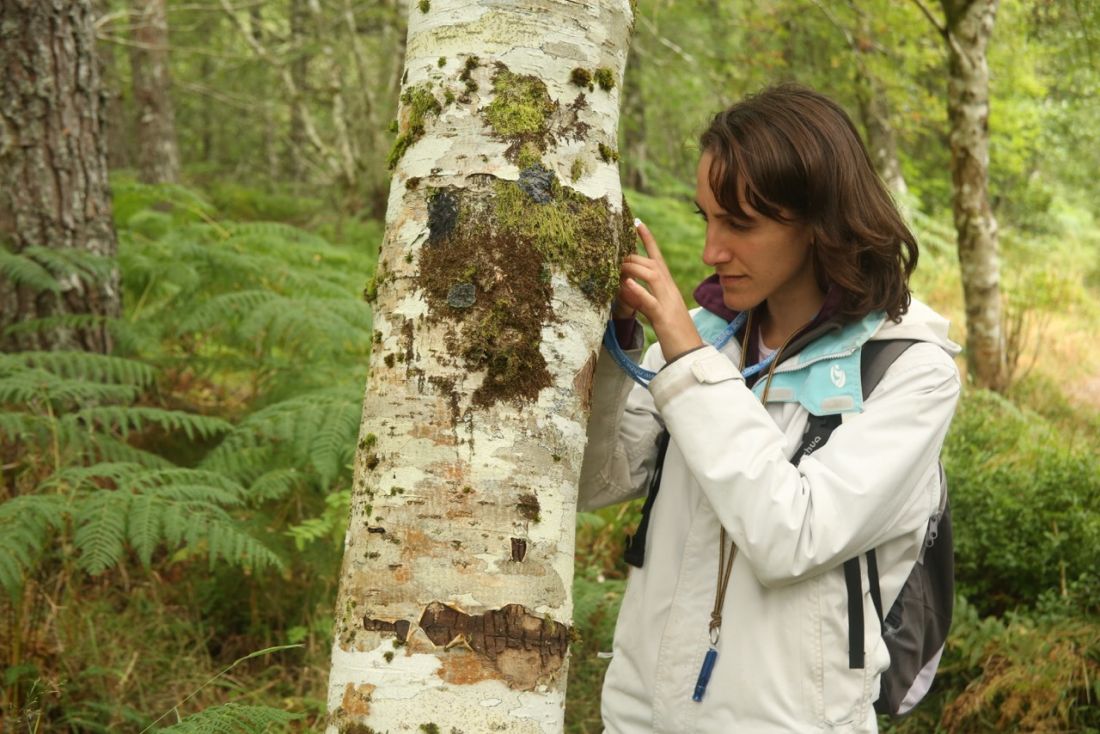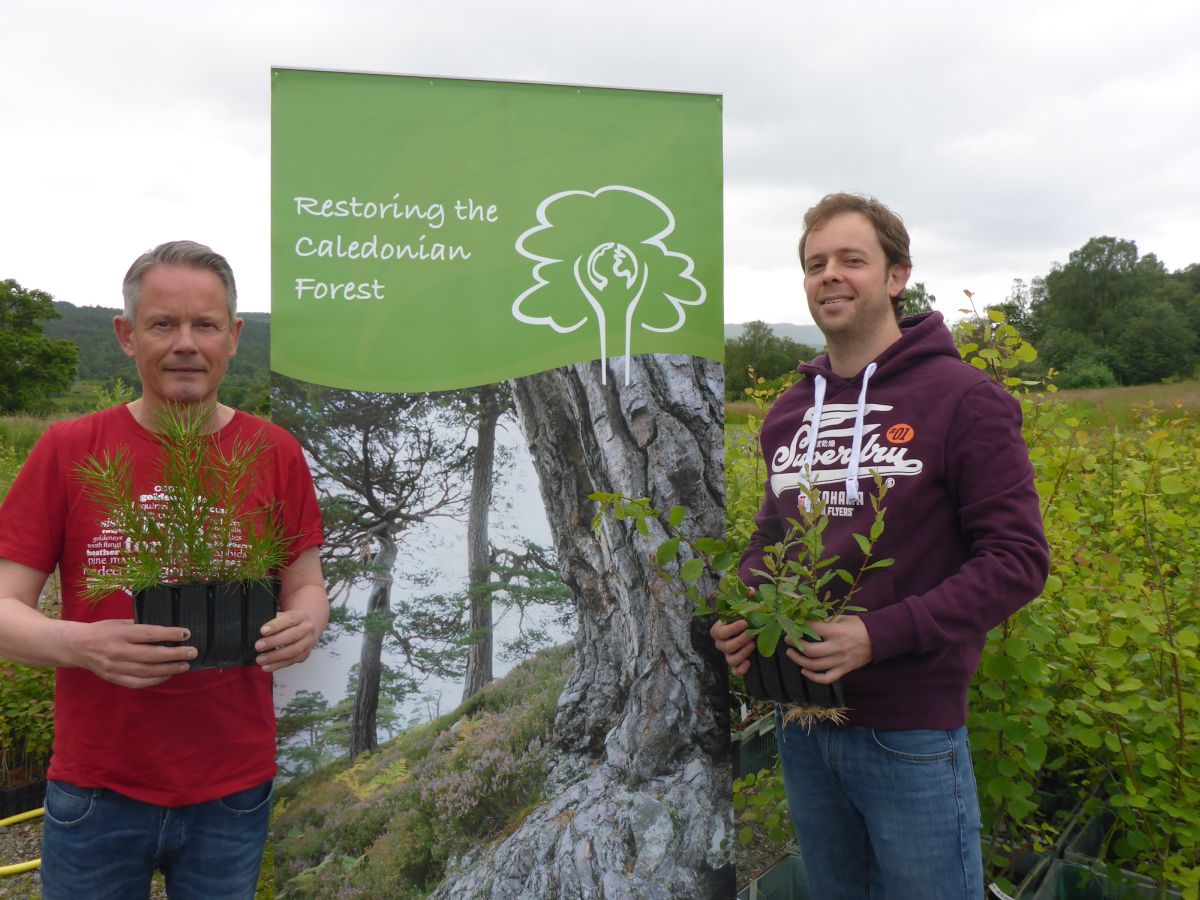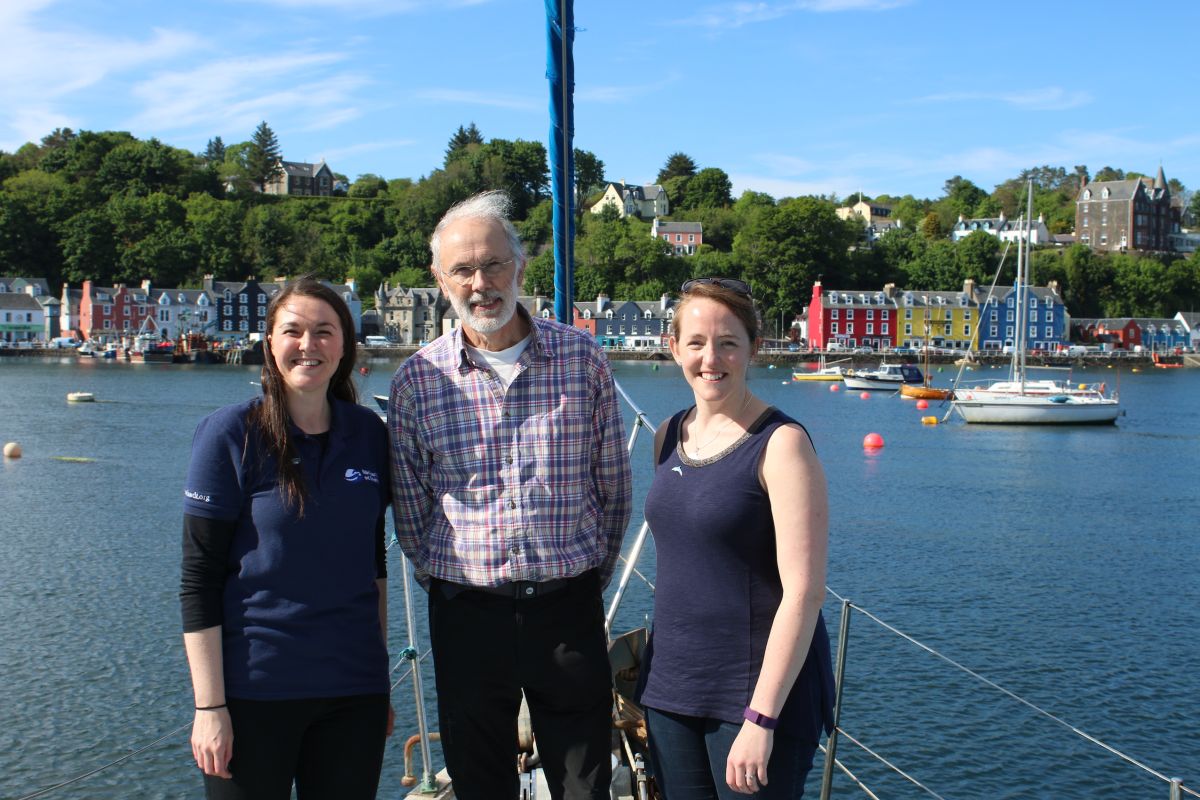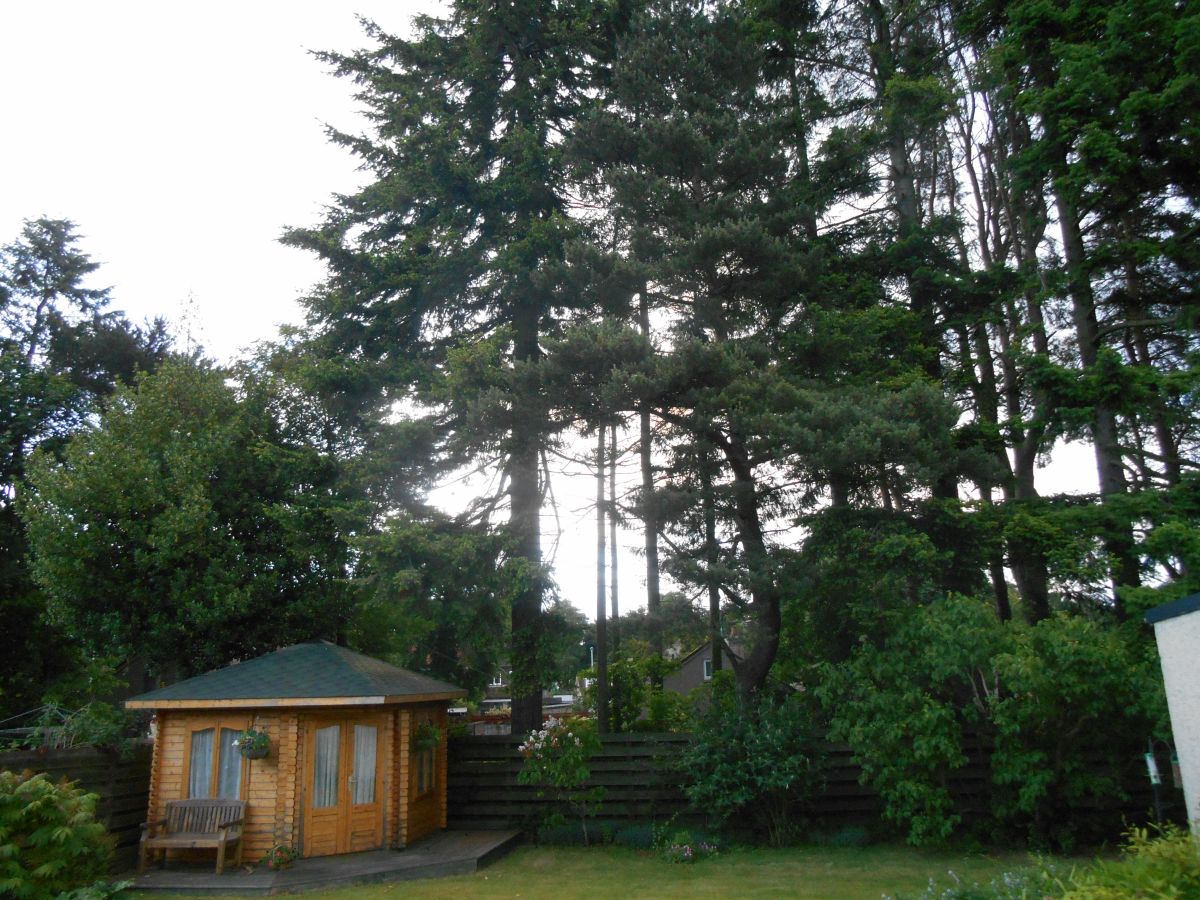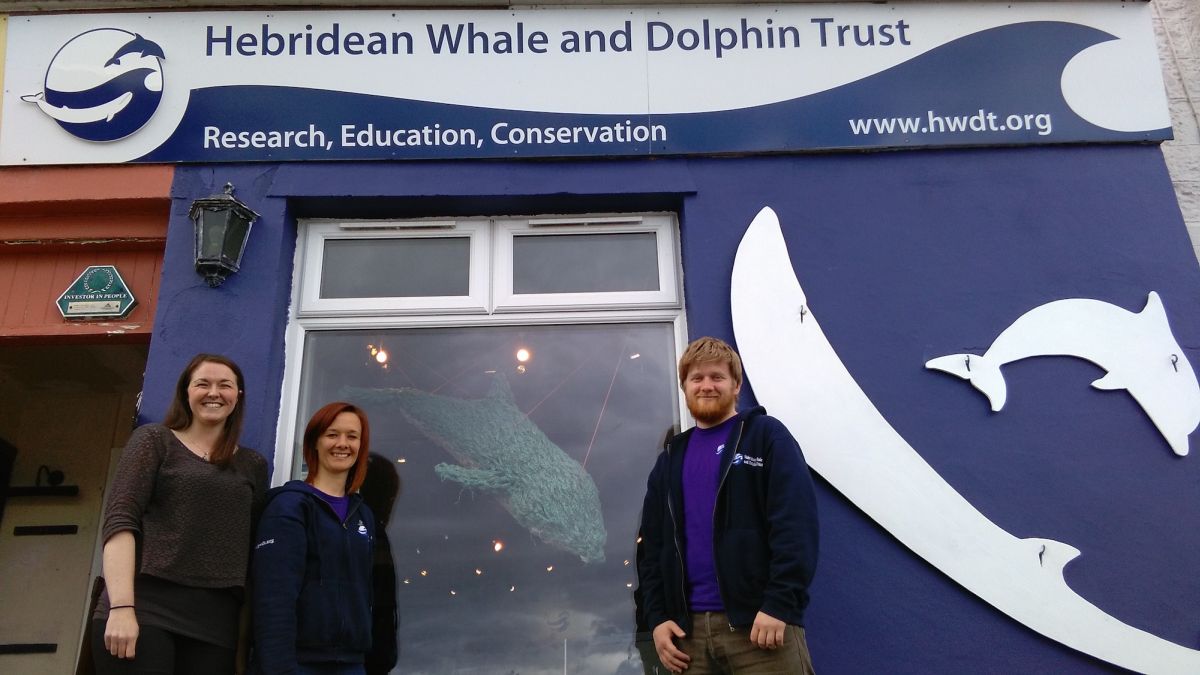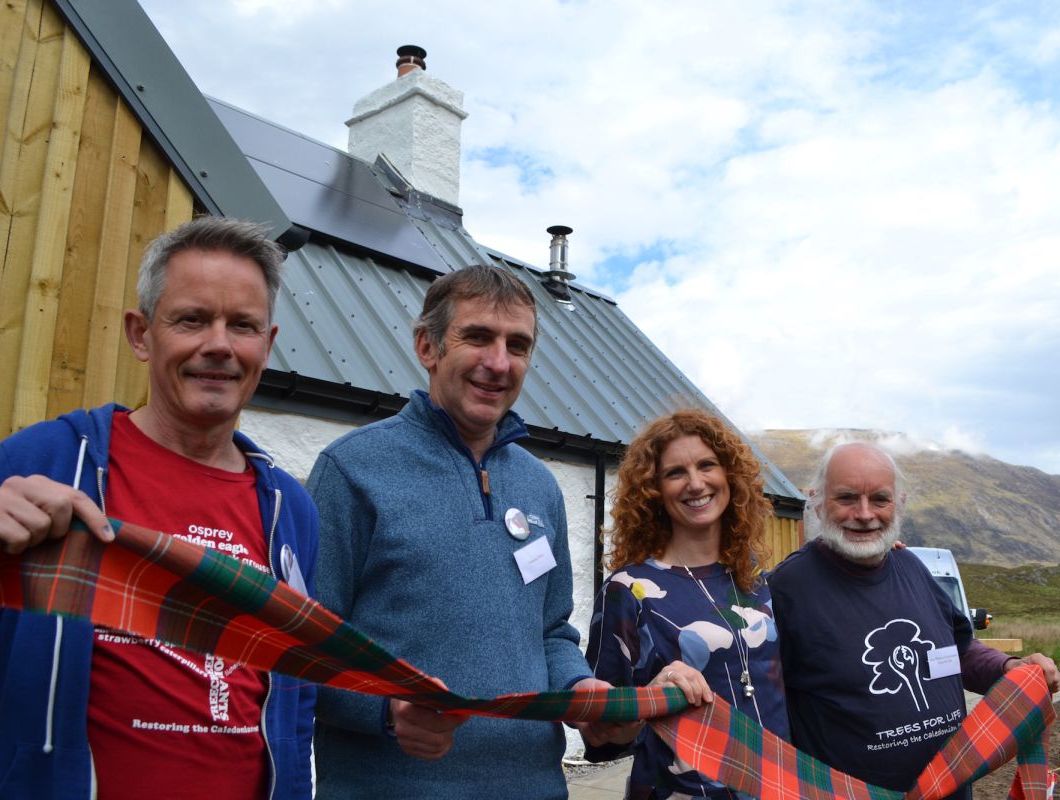With thanks to Richard Bunting, Director, Richard Bunting PR.
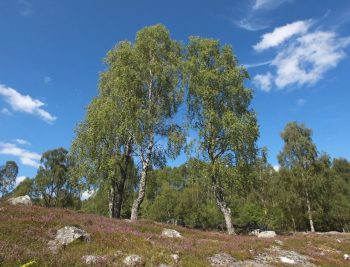
Birch trees at Trees for Life’s Dundreggan Conservation Estate
An innovative study of soundscapes at Trees for Life’s Dundreggan Conservation Estate aims to reveal new findings about woodland health and the richness of wildlife at the 10,000-acre biodiversity hotspot.
Composer and audio specialist Huw McGregor has carried out an initial investigation at the Inverness-shire estate as part of his Woodland Soundscape Project, using purpose-built sound recording equipment to collect and monitor forest sounds.
He hopes to develop a new way of measuring biodiversity at Dundreggan, by providing fresh data on the diversity and populations of species, and also to inspire people to visit and enjoy woodlands.
“People have long enjoyed forest sounds, but using modern technology to study the soundscapes of these precious habitats offers a new way of better understanding their development over time, and the diversity and behaviour of their wildlife,” said Huw McGregor.
“Strengthening understanding of our sonic environment, and its links to ecological health, can provide a useful new way of measuring the impact of conservation work. It’s fantastic to be working with Trees for Life, because rewilding is so important for the wellbeing of our children and the natural world.”
Dundreggan – Trees for Life’s flagship forest regeneration site – is gaining an international reputation for its biodiversity. It has been described as a Highlands ‘lost world’, where more than 3,000 species have been discovered, including 10 found nowhere else in the UK and others that are extremely rare.
Huw’s initial recordings at the site include the dawn and dusk choruses. Such recordings can be used to study bird population numbers and the range of species, as well as how species use different spaces to alter their songs or how sounds such as waterfalls, roads and human activity affect their behaviour.
Data on bird species can also be used as an indicator for overall biodiversity, and Huw is seeking funding to allow a deeper investigation of Dundreggan’s birdlife.
A permanent audio record will be gathered that could be used to help provide a detailed examination of Dundreggan’s ecological health, and to track progress in strengthening its biodiversity.
Encouraging people’s enjoyment of woodlands is also part of the project. Recordings of a ‘sound walk’ of Dundreggan’s waterfalls offer a sonic experience of the falls, for example, and musical sounds around rock pools have also been gathered. Some of Huw’s Dundreggan recordings feature on a new ‘Forests Of The World’ CD, available for free listening and download via woodcraftproductions.com.
Huw is also looking to explore woodlands in the Czech Republic and Wales, to develop the soundscape project into a wider study across nations. For more details about his work, see www.huwmcgregor.tk.
Award-winning Trees for Life – one of Scotland’s leading conservation charities – is restoring the Caledonian Forest in the Highlands to one of the UK’s wildest landscapes. See www.treesforlife.org.uk.
- Comments enabled – see comments box below. Note, all comments will be moderated.

